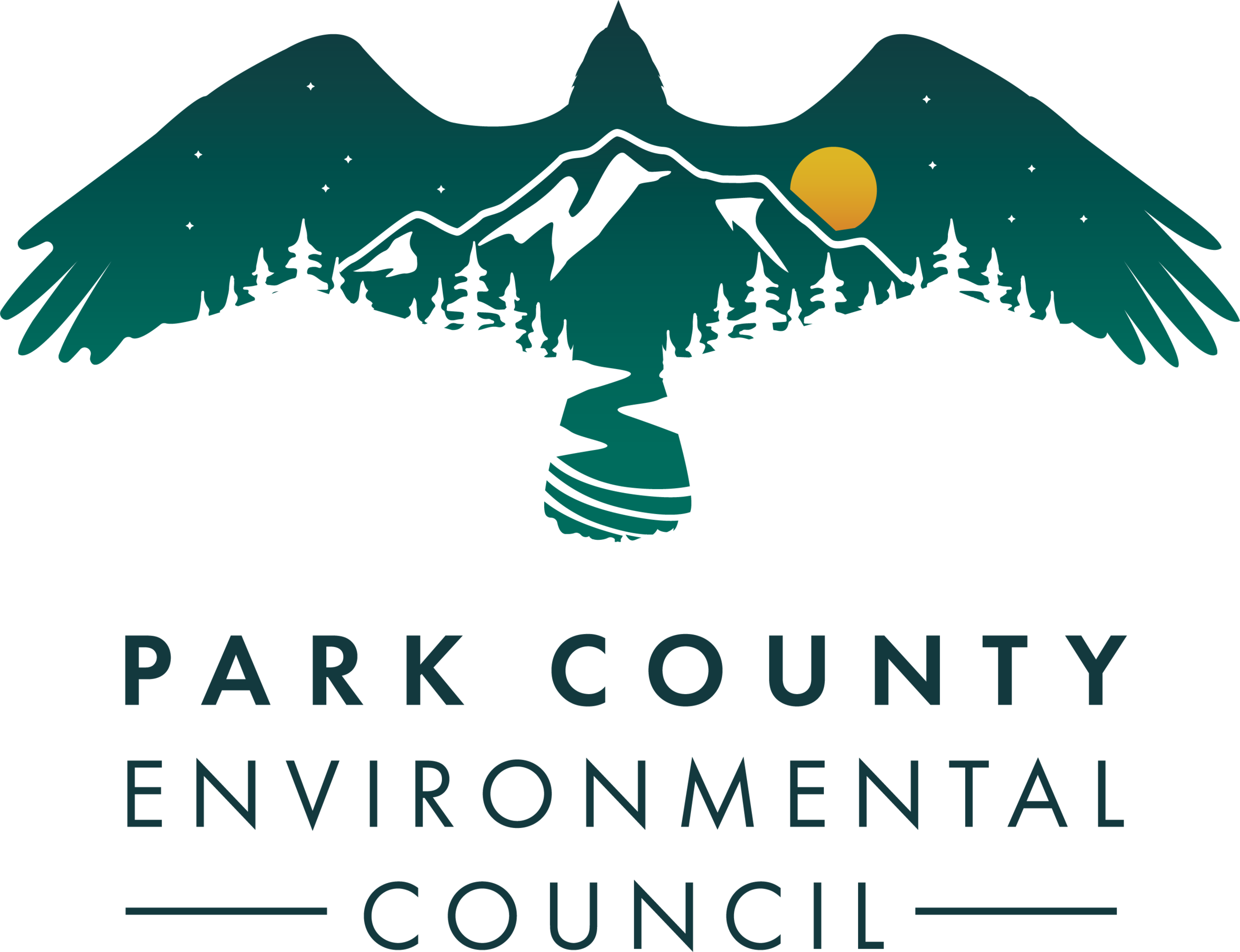How we got here: Proposed $15 million levy for PFL Way rail crossing
The Livingston City Commission is seeking public feedback on a proposal to put a railroad crossing mill levy on the ballot this November. Comments are due this Friday, July 31, at 5 p.m. You can make your voice heard by emailing your thoughts to mkardoes@livingstonmontana.org and citycommission@livingstonmontana.org.
The commission will take the issue up at its regularly scheduled meeting on Tuesday, August 4, at 5:30 p.m.
PCEC is recommending that the commission put any discussion of a ballot proposal on hold until the update of the city’s growth policy is complete. Read our full comments here.
The community of Livingston has wanted an additional railroad crossing since the 1970s. Today, traffic can back up school buses, emergency vehicles, and the average citizen trying to get to work or a doctor's appointment on time. As Livingston Enterprise News Editor Dwight Harriman recently joked, we will be flying around in space ships and still waiting for the city to decide whether to build an overpass or underpass, at Star Road, PFL Way or anywhere in between.
Residents, understandably, are tired of the debate and just want something done.
In response, the Livingston City Commission is considering on Tuesday a proposal to put a $15 million mill levy on the ballot that would help fund a crossing at PFL Way. In addition to a $6 million crossing, the $17.5 million project would also include $11.5 million of work that includes an extension of Front Street and sewer and water work.
In order to properly assess this project, we need to think about how we got here.
The crossing at PFL Way was first proposed in August 2018, after the completion of a traffic study, called the Northside Transportation Plan. At the time, the plan received significant pushback from the public and lacked community input. The traffic study assumes that as many as 2,240 single-family homes will be built in the area northwest of the city, a population increase of 5,600 people. Even the study admitted that type of growth was outlandish in the next 20 years.
“We want to improve a plan or system that works with future growth,” City Manager Michael Kardoes said at the time. “We’re not focusing on five years, 10 years or even 20 years into the future — we’re planning 50 years in the future.”
At the city commission meeting where the plan was presented, citizens instead asked for an update to the growth policy, the city's foundational planning document that is supposed to help guide the planning board and city commission in deciding how to grow, five years from now, 10 years from now, 20 years from now. The city's current growth policy, which is supposed to be reviewed every five years, was originally developed in 2004, but is considered so inadequate the planning board and more than 170 citizens signed a petition asking for a comprehensive update.
City commissioners, sensing that the traffic study might not be an accurate projection of Livingston's growth or the community's desired outcome for the area, said that a growth policy was needed in order to help make the decision. At the time, Commissioner Mel Friedman said he didn't know where the transportation plan fit into the city's future.
“We have to get everybody’s input and get a good growth policy for the city of Livingston and go forward,” Friedman said. “I don’t know where all that fits in.” Commissioner Warren Mabie said the document is a "starting point” and "there’s assumptions being made that may or may not happen." Commissioner Dorel Hoglund said the transportation plan would likely not be the only document considered. Commissioner Sarah Sandberg aptly projected that the lack of those other documents will make the traffic study the “default” planning document. “To avoid that, we need to work on a comprehensive growth policy,” Sandberg said.
The commissioners recognized the need for a growth policy.
Today, the city is currently undergoing a growth policy update, paid for by a mixture of public funds and private funds. This year, more than 1,000 residents have engaged in the process. Early results show that people do not want the kind of residential sprawl projected in the traffic study. A draft of the policy is expected any day now, and it will likely be finalized in the coming months.
In the meantime, the city has continued to move forward with the railroad crossing at PFL Way.
The proposal has not significantly changed since 2018. The community has, with housing prices continuing to skyrocket, many community members losing work because of COVID-19 and more and more short-term rentals going on the market. To the city's credit, they have done extensive public outreach on the plan, including public meetings during COVID-19 to gather public input. But there is a formal process that is being ignored.
The community wants a comprehensive plan for growth. The community has engaged in that process. If this ballot measure goes forward, the growth policy could be obsolete before the ink is dry. By the time this issue is on the ballot, the Livingston Growth Policy will likely be completed, yet its input will not be included in this decision.
For now, the questions remain:
Should existing residents foot the bill to build new infrastructure to accommodate significant future growth?
Is there how and where Livingston should grow?
Should the current growth policy process help answer these questions? A process not yet complete.
The community has waited for more than 40 years for a crossing. We are supporting the idea that it can wait six more months for the answers to these questions.

